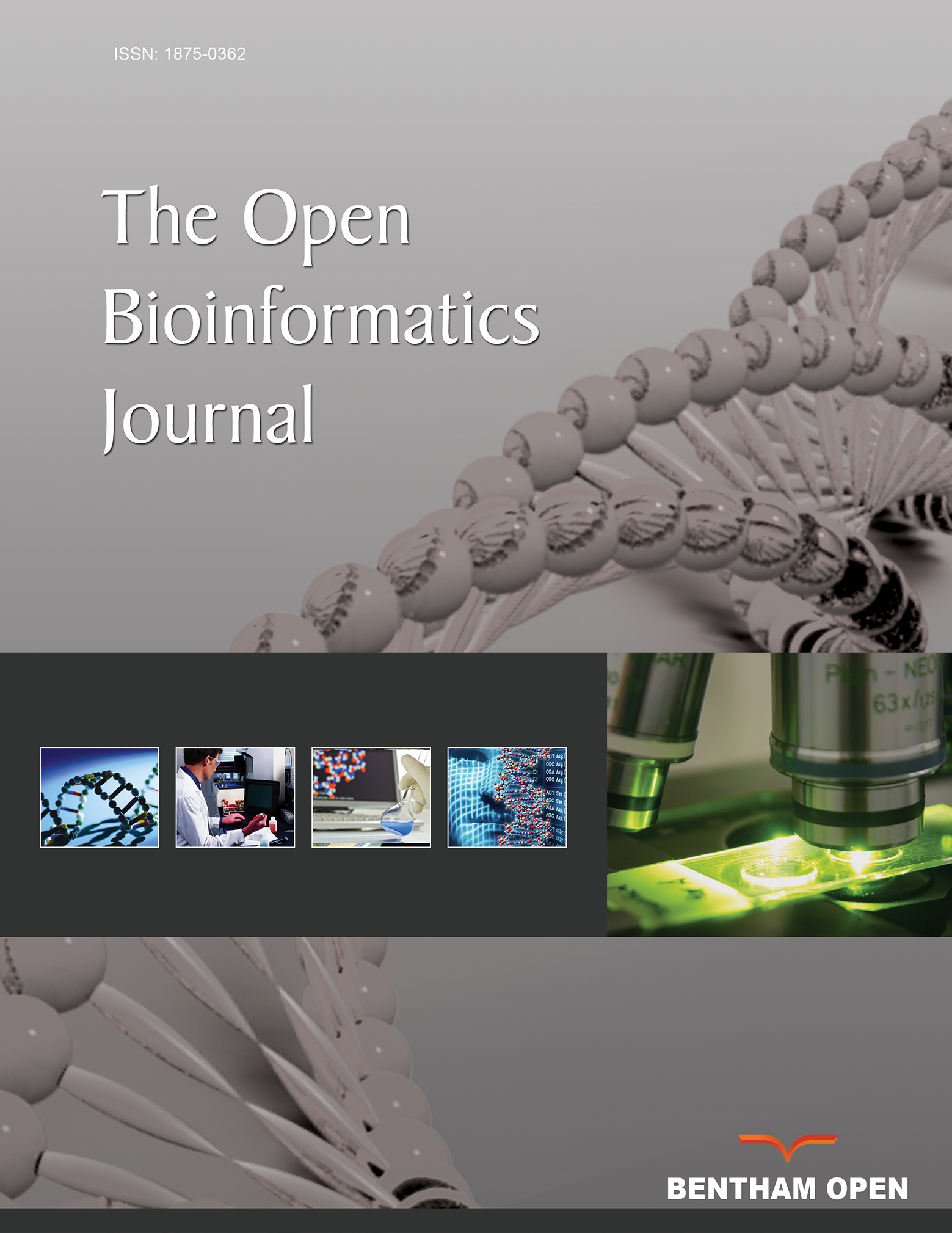A Study of Bio-inspired Computing in Bioinformatics: A State-of-the-art Literature Survey
Abstract
Background:
Bioinspired computing algorithms are population-based probabilistic search optimization approaches inspired by biological evolution and activity. These are highly efficient and can solve several problems based on human, chimpanzee, bird, and insect behavior. These approaches have been proposed by the scientific community over the last two decades for common application to solving bioinformatics design problems.
Materials and Methodology:
The advanced search boxes in databases such as PubMed, WoS, Science Direct, IEEE Xplore, and Scopus to conduct this research. Keywords such as "machine learning," "bioinspired computing," "DNA sequence optimization," and "bioinformatics" were used with OR and AND operators. Journal and conference articles were the two types of articles focused on, and other reports and book chapters were removed using the search engine's parameters.
Results:
Bioinspired techniques are becoming increasingly popular in computer science, electrical engineering, applied mathematics, aeronautical engineering, and bioinformatics. Parametric comparisons suggest that most classic benchmark approaches can be successfully used by employing bioinspired techniques. 56 % of studies are modification based, 30 % hybrid based, and 14 % multiobjective based.
Conclusion:
These algorithms can be used to optimize data sets in bioinformatics due to their capacity to solve real-world challenges and their ability to accurately express sequence quality and evaluate DNA sequence optimization.


